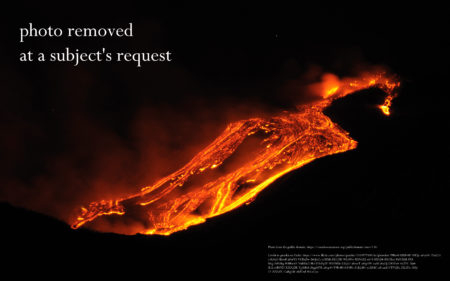One of the big reasons for opposing the Enbridge Northern Gateway pipeline is because of how 200 oil tankers a year would threaten the coast of British Columbia.
I think everyone who has seen that coastline understands its beauty and ecological importance. At the same time, I suspect the idea can be made more salient for people by showing them photos and video of the areas that could be affected if the pipeline goes through.
It’s not clear what the most effective approach would be for reminding people about what is at stake. Really there is a spectrum of possibility, ranging from fantastic shots taken by talented photographers on top-notch gear and shown in magazines and galleries to amateur shots taken by visitors and ordinary British Columbians and uploaded to Facebook or Flickr.
In all likelihood, many approaches will be tried simultaneously. For my own part, I have been thinking about a potential photo show that would incorporate photos of the B.C. coast as well as photos from the successful protests against the Keystone XL pipeline, which took place in Washington D.C.. Toronto may not be the most appropriate venue for that, since people here don’t have much of a personal emotional stake in the integrity of west coast ecosystems.
Perhaps I should try and find the time to set up yet another website, where people could contribute photos from B.C. and explain why they oppose the Northern Gateway pipeline…

